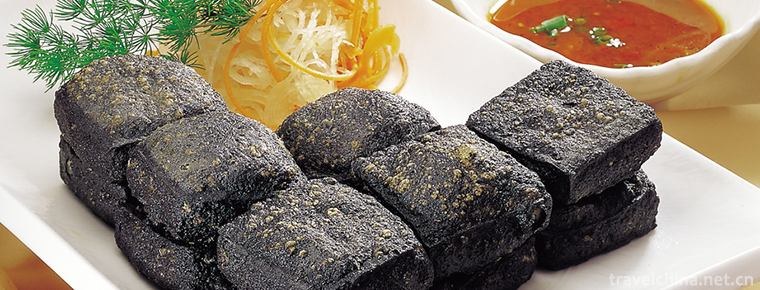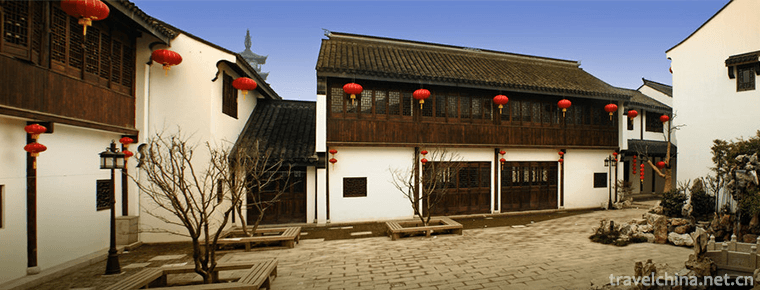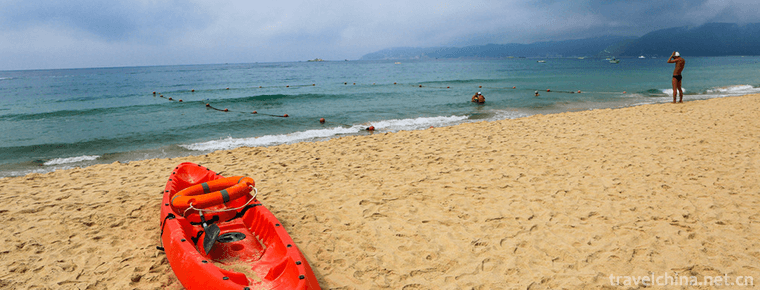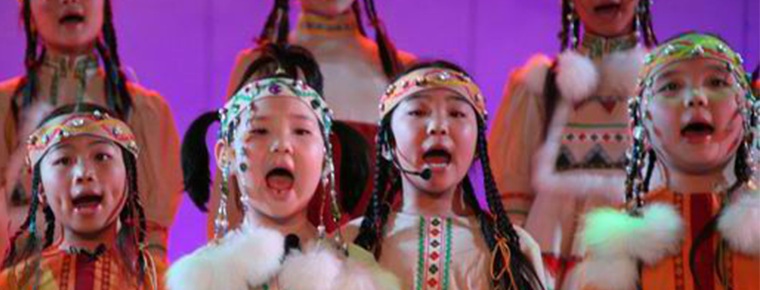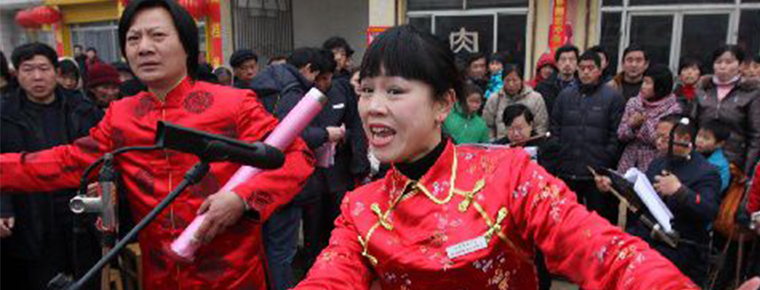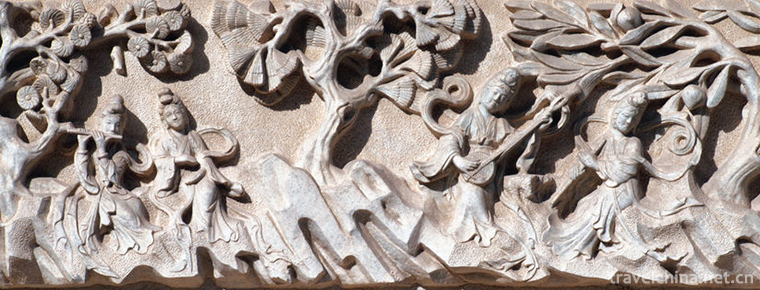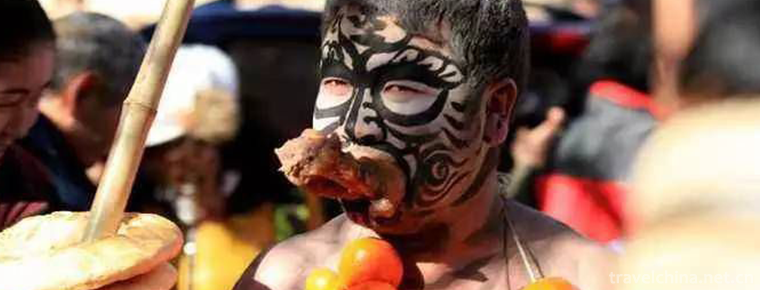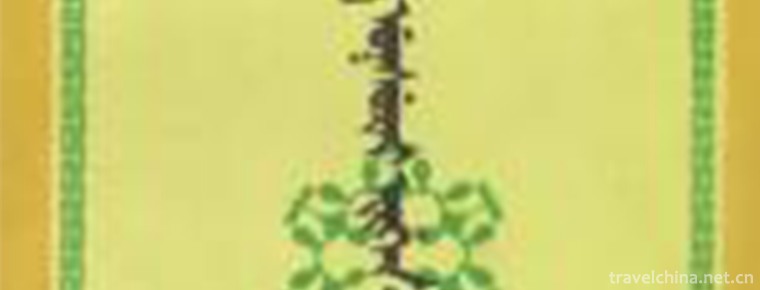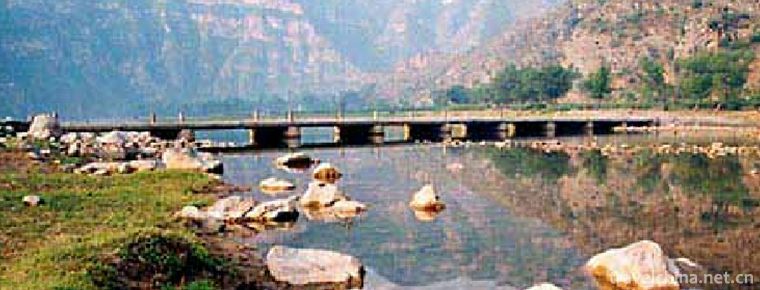Leshan Giant Buddha
Leshan Grand Buddha, also known as Lingyun Grand Buddha, is located on the East Bank of Minjiang River in Leshan City, Sichuan Province, near the confluence of Dadu River, Qingyi River and Minjiang River. The Buddha is sitting on the statue of Maitreya Buddha with a height of 71 meters. It is the largest statue of cliff carving in China.
Leshan Buddha was excavated in the first year of the Tang Dynasty (713 years), completed in the nineteenth year of Zhenyuan (803 years), lasted about ninety years.
Leshan Grand Buddha Scenic Spot, which is composed of Leshan Grand Buddha, Lingyun Mountain, Wuyou Mountain and Giant Bedroom Buddha, belongs to the 5A class national tourist attraction.
In October 8, 2018, the nine track plank road of Leshan Giant Buddha scenic area was closed before the construction.
In ancient times, the three rivers of Leshan, Qingyi and Dadu converged at the foot of Lingyun Mountain. The water situation was very fierce, and Zhouji was often subverted. Whenever the summer flood season, the river water directly to the mountain wall, often causes the ship to destroy the tragedy of the human being. Haitong Zen master launched a campaign to cut down the water potential and purge all sentient beings, recruiting manpower and material resources to chisel.
The Buddha statue began to be built in the early years of Emperor Xuanzong's founding (713 A.D.). When the Buddha reached the shoulder, the monk Haitong died. After Haitong's death, the project was interrupted. Many years later, Xichuan Festival in Jiannan made Zhang Qiu and Qiong donate the salary. Haitong's disciples led the craftsmen to continue to build the Buddha. Because of the huge project, the court ordered to grant the tax of hemp salt, which made the project progress rapidly. When Leshan Buddha repaired his knee, Zhang Qiu and Qiong moved to the household office to write, and the project stopped working again. Forty years later, JianChan Xichuan jiitu Wei Gao donated money to continue to build Leshan Giant Buddha. With the efforts of three generations of craftsmen, it took 90 years to complete the project until the nineteenth year of Zhenyuan (803 A.D.).
Basic appearance
The head of Leshan Buddha is in harmony with the mountains, treading on the river, touching his knees with both hands, and the body of the Buddha is symmetrical and solemn. The Buddha is 71 meters high, 14.7 meters high, 10 meters wide, 1021 buns, 7 meters long ears, 5.6 meters long nose, 5.6 meters long eyebrows, 3.3 meters long mouth and eyes, 3.3 meters high neck, 24 meters wide shoulder, 8.3 meters long fingers, 28 meters from knee to foot back, 8.5 meters wide back of foot, and can sit around 100 people.
On the left and right sides of the Great Buddha, along the cliffs of the river, there are two stone carvings of emperors who are more than 16 meters tall, forming a pattern of one Buddha and two emperors. There are also hundreds of stone sculptures in the niches that coexist with the King of Heaven. On the left side of the Buddha, along the "cave heaven" is the beginning of the modern Lingyun plank road, with a total length of nearly 500 meters. On the right side is the construction and gift channel left by the excavation of the Great Buddha in the Tang Dynasty - the nine road plank road. After the sculpture of the Buddha statue was completed, seven stories of pavilions (nine or thirteen stories) were built, sometimes called "Great Buddha Pavilion" and "Great Elephant Pavilion"; Buddha Pavilion was built and destroyed repeatedly, and "Lingyun Pavilion" and "Tianning Pavilion" were rebuilt in Song Dynasty; Baohong Pavilion was built in Yuan Dynasty; Buddha shed was built in Chongzhen of Ming Dynasty; Buddha Pavilion was built in Qing Dynasty, and finally destroyed. Do the best.
Curls and curls
On the top of the Buddha, there are 1051 pieces of Luo Jin, which were numbered in chalk in 1962. Far from the bun and head of the whole body, in fact, stones are embedded one by one. There are obvious splicing cracks in the bare part of the root of a single nut, and there is no mortar bonding. The surface of the surface is two layers, the inner layer is lime, and the thickness is 5-15 millimeters. In 1991, three pieces of spiral bundles were found in the concave part of the Buddha's right leg. Two of them were more complete, 78 cm long, 31.5 *31.5 cm on the top and 24 *24 cm on the root.
Woody binaural
Inside the right earlobe of the Buddha, there is a hole about 25 centimeters deep, from which the repairmen pull out many broken pieces and look closely at the rotten mud. This proves that Fan Chengda in the Southern Song Dynasty recorded in "Wu Chuan Lu" that "the statue of Buddha is so big in the extreme world that the ears are still made of wood". From this, we can see three pieces of wood and finished products. It indicates that the bridge of the nose is also made of wood lining and hammer. However, this is the Tang Dynasty Zhenyuan nineteen years when the completion of this is the case, or later repaired with this process, has not been verified.
drainage system
Leshan Giant Buddha has a very ingenious drainage system. The ears and back of the head of Leshan Buddha have a well-designed and invisible drainage system, which plays an important role in protecting the Buddha. So that the Buddha will not be eroded by rain. Wang Shizhen, a poet in Qing Dynasty, has a poem about Leshan Giant Buddha. There is a transverse drainage ditch on the fourth, ninth and eighteenth floors of the 18-storey buns on the head of the Buddha, which are respectively made of hammer ash and can not be seen from afar. There are drains in collar and wrinkle lines, and surface drains on the left side of the chest, which are connected with the drains on the back of the right arm. Behind the ears, there are 9.15 meters long, 1.26 meters wide, 3.38 meters high and left and right connected caves; on the back of the chest, there are two holes, each of which is not cut through, the right hole is 16.5 meters deep, 0.95 meters wide, 1.35 meters high, the left hole is 8.1 meters deep, 0.95 meters wide and 1.1 meters high. These wonderful ditches and caves constitute a scientific drainage, moisture insulation and ventilation system, for thousands of years to protect the Buddha, prevent erosive weathering, played an important role. Because of Kehui Mountain Spring, lime compounds about 5-10 cm thick were condensed on the inner cliff wall of the two holes, while the cliff wall on the side of the Buddha body is still red sand protolith and relatively dry. The two caves, left and right impassable, had wet walls and accumulated water at the bottom, and water flowed out from the entrance of the cave. Thus the Buddha's chest was about 2 meters wide. Obviously, this is due to the failure of the hole. I don't know why the builders didn't get through it.
Stele of the chest
According to Huang Gaobin and Robert Heng, who were responsible for the maintenance in 1962, a closed hole was found in the Buddha's chest. Opening a hole, it is filled with scrap iron, broken lead, bricks, and so on, and the door stone is the Song Dynasty rebuilding Tianning Pavilion monument. After the completion of the Great Buddha in the Tang Dynasty, a wooden pavilion was built to protect it from sun and rain. From the Great Buddha's knees, legs, arms, chest and instep, many of the columns and pits have been proved to have had a great Buddha Pavilion. The reconstruction of the Song Dynasty was called "Tianning Pavilion" and then destroyed. But somehow, for what reason, this day Ning GE's chronicle of stele Tang was embedded in the chest of the Buddha. The repairman moved the stele to Haitong cave, but it was destroyed in 1966.
Leshan Buddha has a set of ingenious design, invisible drainage system, to protect the Buddha played an important role. There is a transverse drainage ditch on the fourth, ninth and eighteenth floors of the 18-layer buns on the head of the Buddha. There is also a drainage ditch on the left side of the chest and connected with the ditch on the back of the right arm. Behind the ears lies a cliff where caves communicate left and right; on the back of the chest there is a hole at each end, but it is not cut through each other. These ditches and caves constitute a scientific drainage, moisture insulation and ventilation system to prevent the invasive weathering of the Buddha.
Along the left side of the Buddha, the plank path can reach the bottom of the Buddha directly. Looking up at the Buddha here, there will be a sense of elevation. There is a nine ancient plank road on the right side of the portrait. Trestle Road along the right side of the statue of Buddha cut from the cliff wall, extremely steep, zigzag nine turns, can climb the top of the trestle road. This is the right side of the Buddha's head, the top of Lingyun mountain. The sculpture of the head of the Buddha can be seen here. The hair on the top of the Buddha is 1051. Far from the bun and head of the whole body, in fact, stones are embedded one by one.
There is a hole about 25 cm deep inside the root of the right earlobe of the Buddha. The 7-meter-long earlobe is not cut from the original rock, but is made of wooden pillars and decorated with hammer ash. Holes were found at the lower end of the nostril, revealing three pieces of wood and finished shape. It indicates that the bridge of the nose is also made of wood lining and hammer.
There is a closed dirty hole in the chest of the Buddha. The stone gate is a monument in the Song Dynasty to rebuild Tianning Pavilion. The hole was filled with scrap iron, broken lead, brick and so on. It is said that after the completion of the Great Buddha in the Tang Dynasty, a wooden pavilion was covered to protect it from sun and rain. From the Great Buddha's edge, legs, arms, chest and instep, many columns and piles and holes have proved that there has been a great Buddha Pavilion. In the Song Dynasty, it was called "Tianning Pavilion" and was destroyed afterwards. The repairman moved the remnant to the HAIs cave, but was destroyed by the cultural revolution.












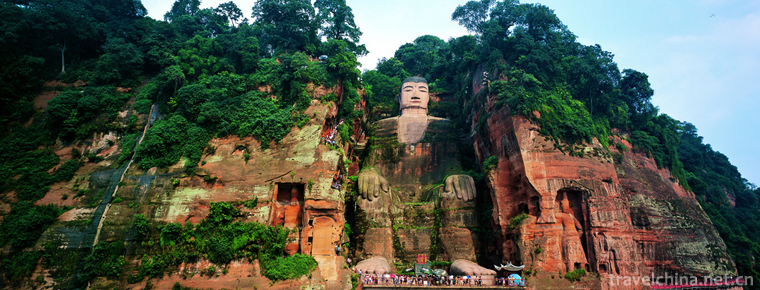
-
Huizhou stinky tofu
The common name of stinky tofu in Huizhou is "Big Dumb and stinky", which is a characteristic traditional snack in Huizhou, Anhui Province..
Views: 188 Time 2018-11-27 -
Xiangsha Bay Scenic Spot in Dalat Banner Ordos
Xiangsha Bay was opened as a tourist attraction in January 1984, listed as a national line scenic spot by the National Tourism Administration in 1991.
Views: 240 Time 2018-11-29 -
Zhou Qiao old street
Zhouqiao Old Street is a national AAAA tourist attraction. The old street of Ximen in Jiading is located on the west side of Bole Square in downtown Jiading.
Views: 165 Time 2019-01-21 -
Longwan Seaside Scenic Area
Longwan Beach, also known as Longwan Beach Scenic Area, spans Xingcheng City and Longgang District. The total length of the coastline is more than 3000 meters, covering an area of 10.9 square kilomete.
Views: 131 Time 2019-02-06 -
Oroqen Folk Songs
The Oroqen nationality mainly distributes in the Oroqen Autonomous Banner, Buteha Banner of Hulunbeier League, Inner Mongolia Autonomous Region and .
Views: 220 Time 2019-04-28 -
Hu Ji Shu Hui
Hu Jishu Fair is a traditional folk art fair that rose and took root in Huji Town, Huimin County, Shandong Province. Huji is the largest market town in the southeast of Huimin County.
Views: 96 Time 2019-05-03 -
The Construction Skills of Hui School Traditional Dwellings
The construction techniques of Hui traditional dwellings are the traditional wood structure construction techniques with rich local characteristics. The legend of woodworking techniques is written bet.
Views: 346 Time 2019-05-04 -
stone carving
Stone carving refers to the use of various carvable and carvable stones to create a visible and touchable artistic image with a certain space, in order to reflect social life, express the artist's aes.
Views: 237 Time 2019-06-15 -
The Tu nationality in Yuqiu
Tu nationality, spread in Nianduyu Village, Tongren County, Qinghai Province, is a unique local folk culture form. It is held from November 5 to 20 of the lunar calendar every year. It includes ceremo.
Views: 208 Time 2019-06-23 -
Xibo Folk Stories
Xibo folk tales, Xibo people are descendants of Xianbei people in ancient times. Xianbei was originally nomadic in the eastern foot of the Great Hinggan Mountains, and has been hunting and fishing for.
Views: 197 Time 2019-07-01 -
Legend of Yongding River
Yongding River legend is one of the local folklores in Beijing. Among many legends, the legend of river blocking is representative; the legend of Shijing Mountain and Shijing Mountain; the legend of b.
Views: 124 Time 2019-07-14 -
Yongxin Shield Dance
Shield dance, also known as men's group dance rattan dance, roll the shield, reflects the most primitive national cohesion, team spirit and fighting spirit. Shield dance is mainly spread in Longyuanko.
Views: 151 Time 2019-07-14
